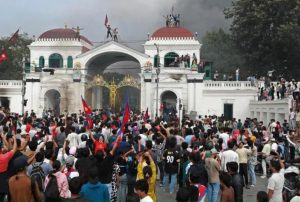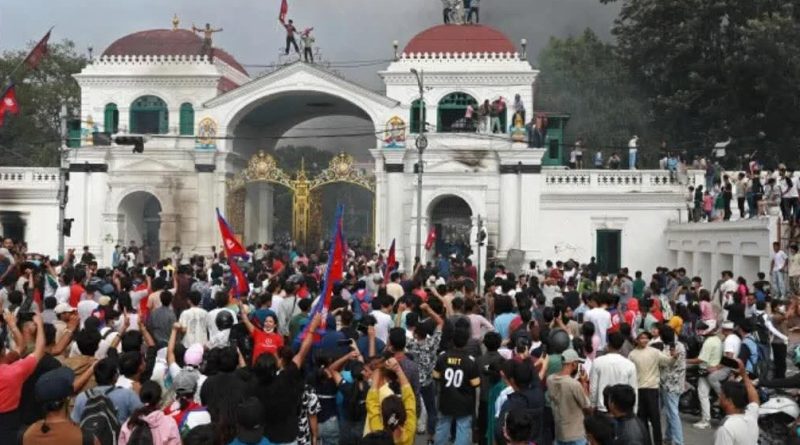Nepal Lifts Social Media Ban After Crackdown Leaves 19 Dead
Nepal’s government has lifted its social media ban just a day after mass protests over internet restrictions and corruption spiralled into deadly clashes with security forces, leaving at least 19 people dead.
Police in the capital Kathmandu opened fire on crowds who stormed parliament on Monday, killing 17 people, according to police spokesman Shekhar Khanal. Two others were reported dead in Sunsari district, in the country’s east. Officials said officers used rubber bullets, water cannons, tear gas and batons after protesters tore through barbed wire barricades near parliament.

More than 400 people were injured, including over 100 police officers, in what observers described as Nepal’s most violent unrest in years. Emergency wards in Kathmandu’s main hospitals were overwhelmed. “I have never seen such a disturbing situation at the hospital,” said Ranjana Nepal, information officer at the Civil Service Hospital. “Tear gas entered the hospital area as well, making it difficult for doctors to work.”
The bloodshed prompted the resignation of Home Minister Ramesh Lekhak, while the government held an emergency meeting late on Monday night to lift the controversial ban. A cabinet minister said the decision was taken “to address the demands of Gen Z.”
Last week, the government blocked access to 26 platforms, including Facebook, YouTube and Instagram, saying the companies had failed to register locally as required under new regulations. Officials argued the move was aimed at curbing fake news, hate speech and online fraud.
But the restrictions struck a nerve in a country where millions rely on social media for news, entertainment and small businesses. Anger had already been building online through a viral “nepo kid” campaign, which compared the struggles of ordinary citizens with the lavish lifestyles of politicians’ children.
“The social media ban was just the reason we gathered,” said student protester Sabana Budathoki. “We are fed up with corruption and the government’s authoritarian attitude.”
Many protesters held placards reading “enough is enough” and “end to corruption,” while others hurled stones at Prime Minister KP Sharma Oli’s home in his hometown of Damak.
Rights groups accused authorities of using excessive force. Amnesty International reported that live ammunition was fired into crowds, while the United Nations called for a transparent investigation into the deaths.
Among the wounded was 20-year-old student Iman Magar, who said he was struck by a metallic bullet. “It took away a part of my hand. The doctor says I need to undergo an operation,” he told local media.
Despite a curfew imposed across several districts, protests continued into the night. Demonstrators carried national flags and sang the anthem before clashing again with police.
Nepal has imposed internet restrictions before — including a nine-month ban on TikTok that was lifted last year — but Monday’s violence highlighted the growing political cost of such moves.
For many of the mostly young protesters, the crackdown has deepened frustration with a government they see as out of touch. “We want to see change,” said 20-year-old student Ikshama Tumrok. “Others have endured this, but it has to end with our generation.”




